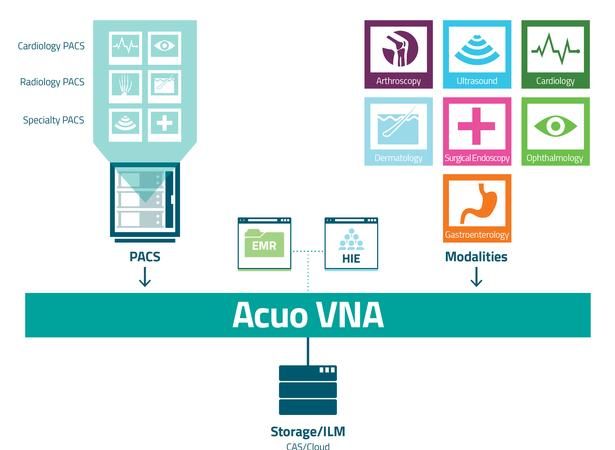Facilitating is the act of making a process or task easier or more efficient. It can involve providing resources, removing obstacles, or offering support to individuals or organizations. In this article, we will explore the concept of facilitation, its benefits, and some examples of ways it is used in various fields.

What is Facilitation?
Facilitation is a term used to describe the process of enabling or making something easier. It can be applied to a wide range of situations, including meetings, workshops, projects, and team collaborations. The goal of facilitation is to ensure that everyone involved can actively participate, collaborate, and achieve the desired outcomes.
Facilitation can involve a range of techniques and tools, including brainstorming, consensus-building, group decision-making, and conflict resolution. Facilitators typically work to create an inclusive and safe environment in which all participants can share their perspectives, ideas, and opinions.
Benefits of Facilitation
Facilitation can offer a range of benefits for individuals and organizations. Some of the key advantages of facilitation include:
Improved Communication
Facilitation can help to break down communication barriers and ensure that everyone involved can contribute their ideas and perspectives. This can lead to better understanding, collaboration, and outcomes.
Increased Productivity
Facilitation can help teams to work more efficiently and productively. By removing obstacles, clarifying goals, and providing resources, facilitators can help teams to stay on track and achieve their desired outcomes.
Conflict Resolution
Facilitation can help to resolve conflicts and disputes in a constructive and respectful manner. By creating a safe environment for dialogue and negotiation, facilitators can help to find mutually agreeable solutions.
Engagement and Motivation
Facilitation can help to engage and motivate individuals and teams. By encouraging participation and active involvement, facilitators can help to foster a sense of ownership and commitment among participants.
Examples of Facilitation
Facilitation can be used in a variety of settings and situations. Here are some examples of ways that facilitation is used in various fields:
Education
Facilitation can be used in classrooms to encourage participation, collaboration, and critical thinking. Teachers can use facilitation techniques to create an inclusive and engaging learning environment.
Healthcare
Facilitation can be used in healthcare settings to help patients and families communicate effectively with healthcare providers. Facilitators can help to facilitate patient-centered care and shared decision-making.
Business
Facilitation can be used in business settings to improve team collaboration, brainstorming, and problem-solving. Facilitators can help to ensure that meetings are productive and that all team members have an opportunity to contribute their ideas and perspectives.
Community Development
Facilitation can be used in community development projects to ensure that all community members have a say and a stake in the process. Facilitators can help to ensure that community members are engaged and that their perspectives are heard and respected.
In conclusion, facilitation is an essential tool for individuals, organizations, and communities. By making processes and tasks easier and more efficient, facilitation can lead to improved communication, productivity, conflict resolution, engagement, and motivation. Whether in education, healthcare, business, or community development, facilitation can help individuals and teams achieve their desired outcomes.
版权声明:本文来自用户投稿,不代表【新糯网】立场,本平台所发表的文章、图片属于原权利人所有,因客观原因,或会存在不当使用的情况,非恶意侵犯原权利人相关权益,敬请相关权利人谅解并与我们联系(邮箱:435320734@qq.com)我们将及时处理,共同维护良好的网络创作环境。


